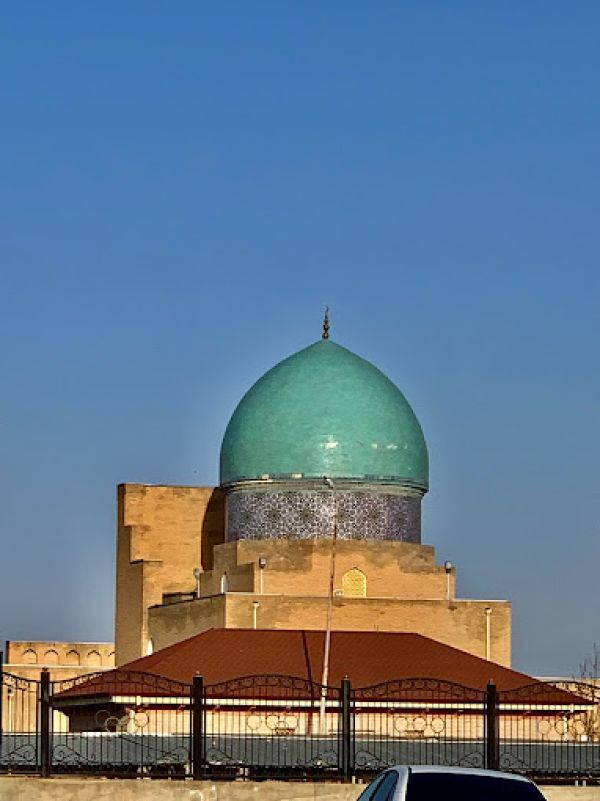Madrasah and mosque of Odin
Located in the heart of Karshi, the madrasah and the Odin Mosque represent a significant cultural and historical landmark. This complex, built in the 16th century on the site of the demolished Kebek Khan Palace, is notable for being the first educational and religious institution for women in Central Asia. The Homeland complex has a rich history associated with the Sheibanid dynasty, whose rulers played a crucial role in the history of Islam in the region.
The madrasah and the Odin Mosque were built in the 16th century, during the heyday of Islamic architecture and education under the Sheibanid dynasty. The madrasa served as a place where women could receive education in various sciences and religious teachings, an initiative that was unprecedented in Central Asia at the time. Women from Karshi and the surrounding area came to the madrasa to study, while the mosque provided a place for prayer and spiritual reflection, allowing women to thank Allah for their children and loved ones.
Odin Mosque, also known as Nasaf Katta Juma Mosque, is one of the oldest surviving cultural monuments in Karshi and Kashkadarya region. This mosque is considered part of the Registan architectural ensemble, located in the center of the Karshi fortress. The historical significance of the mosque is further emphasized by the fact that Amir Timur (Tamerlane) ordered its construction during his campaign from Samarkand to Karshi in 1385-1386.
Nowadays, the Odin Mosque has been transformed into a museum that preserves the rich history of the Sheibanid dynasty. The museum offers a look at the life of the Sheibanid rulers and their significant contribution to the history of Islam.

















